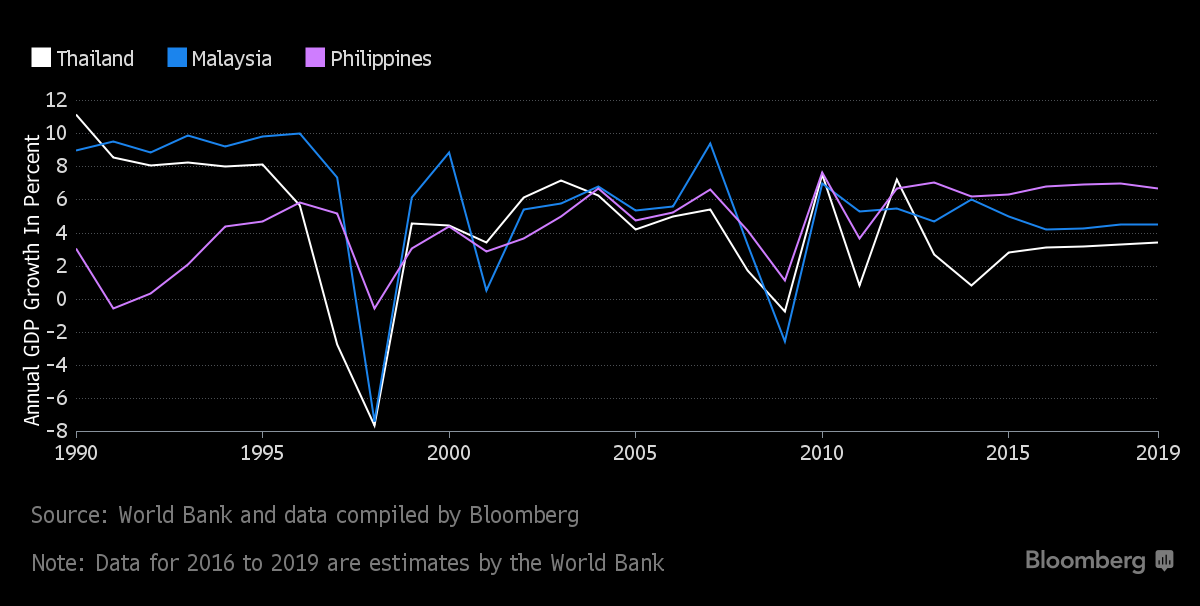
After years spent lagging behind its neighbours, the Philippines is catching up with the Asian tiger economies with some of the fastest growth rates in the world.
It has been announced that the growth rate for 2016 was 6.8 per cent, up from 5.9 per cent in the previous year. Economists say that if this can be maintained, the Philippines will be an “upper middle income” country by 2022.
Socioeconomic Planning Secretary Ernesto Pernia said: “This would mean that, over the next six years, the economy will expand by about 50 per cent in real terms, and per capita income will rise by over 40 per cent.
“This should bring us to the upper middle income category standing by 2022. More importantly, we hope to reduce the poverty incidence to 14 per cent by 2022, thereby lifting about six million Filipinos out of poverty.”
He also echoed President Duterte’s determination to look to new allies to achieve these aims. “In terms of funding, we are not going to depend much on the US, we are going to get it from the (Asian) neighbourhood.” He added that the Philippines also expects to open up new export markets in China and Russia, and also see an increase in tourism from those countries.
However, economists say that some credit should be shared by the president’s predecessors, who laid much of the groundwork. “Actually the strategies have been there before. We just now need to accelerate,” Socioeconomic Planning Undersecretary Rosemarie Edillon told reporters.
The government plans to more than double infrastructure spending — from $17 billion this year to $36.8 billion in 2022. There are 64 major projects planned or in progress: 20 involving road construction and improvements; two involving bridge construction and reinforcements; four flood control projects; two dams; one road transport IT infrastructure project; 23 involving rail systems; seven airport development projects; two transport terminals; and three bus rapid transit systems.
Michael Wan, an economist at Credit Suisse Group AG in Singapore, said that the policy could lead to even greater growth in the future. “If they manage to push through tax reforms and boost infrastructure spending, manufacturing will now become its next leg of growth, adding to remittances and outsourcing. This will boost the growth potential to at least seven percent in the years ahead.”
However, UK-based research firm Capital Economics cited the “uncertain political situation” in the Philippines as a downside risk to its economy, along with a potential loss of trade from the US due to Donald Trump’s protectionist policies. Despite these caveats, it maintained its forecast that the Philippine economy would grow 6.5 percent this year.
